You are aware that serving vegetables to your kids is preferable to serving them ice cream. But how do you persuade them to actually eat them? (Foods for Children)

Everyone who has tried to feed a child knows that they don’t always eat what you want (other than cereal or ice cream). Trying to decide what to prepare for their little bodies is difficult. Also, simply because something is provided, your kids could decide not to eat it. Yet, children need a wide range of nutrients, such as calcium, all the vitamins and minerals that fruits and vegetables offer, healthy fats for their brains and bones, and more.
You Can Also Read Our Book By Clicking on this LINK:- https://amzn.to/3ooUaNo
To ease some of the stress and make sure you are feeding your child nutrient-dense foods, we compiled expert recommendations for mealtimes and a list of the top 10 foods for kids. These 10 foods are not only healthy for your kids (and you! ), but they are also versatile and quick to make.
Beans (Foods for Children)

Beans include a lot of nutrients. They are easy to produce, cheap, and rich in protein and fiber. Choose canned kidney, chickpea, or black beans that have a low salt level. To add to any dish, open the container, rinse the contents to remove any extra salt, and then add.
According to Andrews, adding beans to pasta or swapping ground beef for beans in quesadillas helps maintain high-quality, lean protein while giving fiber, an essential component.
You Can Also Read Our Book By Clicking on this LINK:- https://amzn.to/3ooUaNo
Pasta may also be made from beans. Typical child-targeted food such as fruit snacks and cheese crackers do not provide the recommended 25 grams of fiber per day for kids between the ages of 4 and 8,”, includes little to no fiber. Fiber helps your kids feel fuller and for longer. Which keeps them from asking for a snack five minutes after dinner is completed “Andrews confirms.
Yogurt (Foods for Children)
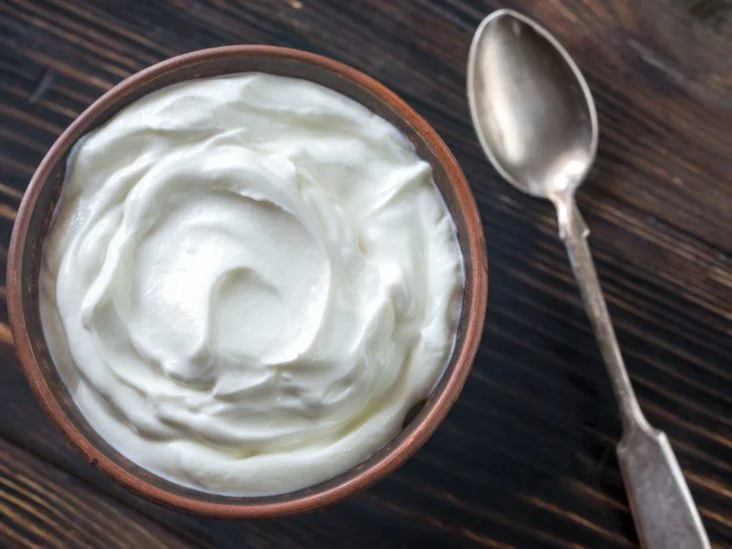
Yogurt is a fantastic substitute for breakfast, a snack, or even a dessert. But you have to control the quantity of added sugar, says Katie Andrews, M.S., R.D., a youth nutrition coach and owner of Wellness by Katie. It is a filling, healthy snack that is rich in protein and vitamin D. Children’s diets frequently lack this essential nutrient.
Yogurt also contains probiotics. Which are good bacteria needed to maintain intestinal health. A short guide to picking a healthy yoghurt? Buy plain Greek yoghurt, which has no added sugar and double the protein of regular yoghurt. While some modern brands just utilise fruit as the flavouring, most flavoured yoghurt has added sugar; plain yoghurt is always an excellent option. By adding berries, whole-grain cereal, or a delicious fruit parfait, you may quickly enhance flavour. You can dress up yoghurt even more for kids by making frozen yoghurt pops or frozen yoghurt bark.
Avocado (Foods for Children)
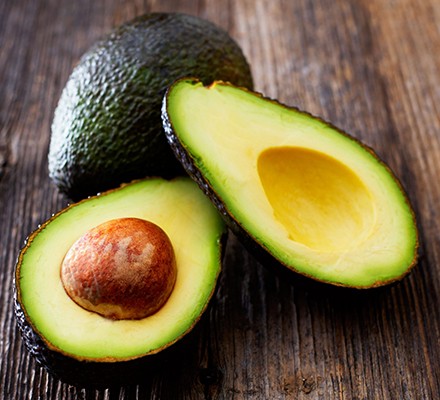
Avocados are a great way to introduce healthy fats to your child’s diet and are an easy way to do so. They include a lot of monounsaturated fats, which lessen inflammation and keep cholesterol levels in the normal range. Since fat moves slowly through the digestive tract, it keeps children satisfied for longer. So what is the best feature of avocados? They can change. You may eat them with a spoon, spread them on toast, puree them, add them to chicken or tuna salad, or turn them into a pasta sauce like avocado pesto.
Eggs (Foods for Children)
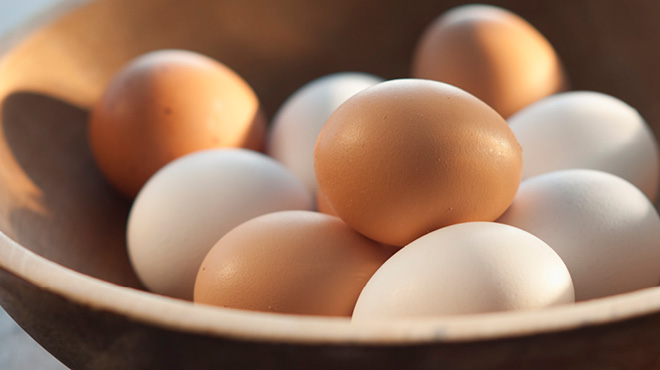
A large egg has 6 grammes of protein, vitamin D, vitamin B12, and iron, according to the USDA. Moreover, certain eggs include omega-3 fatty acids, which aid in children’s brain development. Trans and saturated fats elevate bad cholesterol more than eggs do, so don’t worry about that.
Give your kids some scrambled eggs for breakfast instead of the pastries, fried foods, and processed meats. If your children don’t enjoy scrambled eggs, try alternate presentations like egg salad or egg casseroles.
You Can Also Read Our Book By Clicking on this LINK:- https://amzn.to/3ooUaNo
Moreover, eggs are a great first meal for babies. In the past, physicians suggested delaying the introduction of eggs until the infant was 12 months old. Nevertheless, as of 2020, the American Academy of Allergy Asthma & Immunology has said that allergenic foods, such as eggs, can be given to babies when they are ready for solid meals and may even help avoid food allergies.
Sweet Potato (Foods for Children)
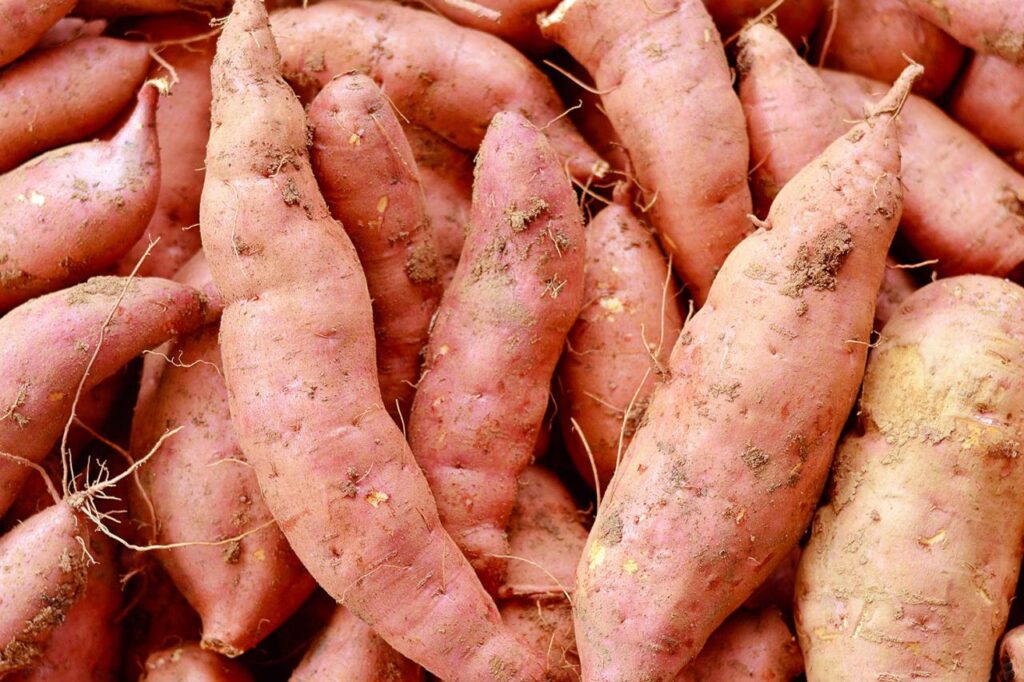
Are you pressed for time and in need of nourishment? After cleaning and poking holes in a sweet potato, microwave it for three to five minutes (depending on its size). Slice the food lengthwise and allow it to cool before scooping it onto your child’s plate.
Sweet potatoes have a universal appeal to all ages, whether your child is 6 months, 6 years, or 16 years old, due to their natural sweetness. They provide a significant amount of potassium, fiber, and vitamin A (almost 250% of the adult daily value), according to the USDA. Increasing potassium helps keep the heart and blood vessels healthy.
Milk (Foods for Children)

Both calcium and vitamin D, which are both found in milk, help to produce strong bones. According to the USDA, an 8-ounce glass of milk has a whopping 8 grammes of protein along with significant amounts of potassium, vitamin B12, and phosphorus.
Infants under one years old shouldn’t drink cow’s milk. Whole milk should be given to youngsters up to the age of two, but only up to 16 ounces should be ingested daily to prevent overfullness, advises the Centers for Disease Control and Prevention (CDC).
You Can Also Read Our Book By Clicking on this LINK:- https://amzn.to/3ooUaNo
If your child doesn’t like cow’s milk, there are plenty of other options for milk on the market. Give your children plain or unsweetened alternatives, but be sure to check the nutrition labels. Plain milk may contain additional sugar to match the sweetness of dairy milk and to enhance the flavour perception of small taste receptors. Each substitute milk has a somewhat different nutritional makeup. Soymilk has the highest protein content, and as long as the milk is fortified, you’ll still get the benefits of calcium and vitamin D.
Whole Grains (Foods for Children)
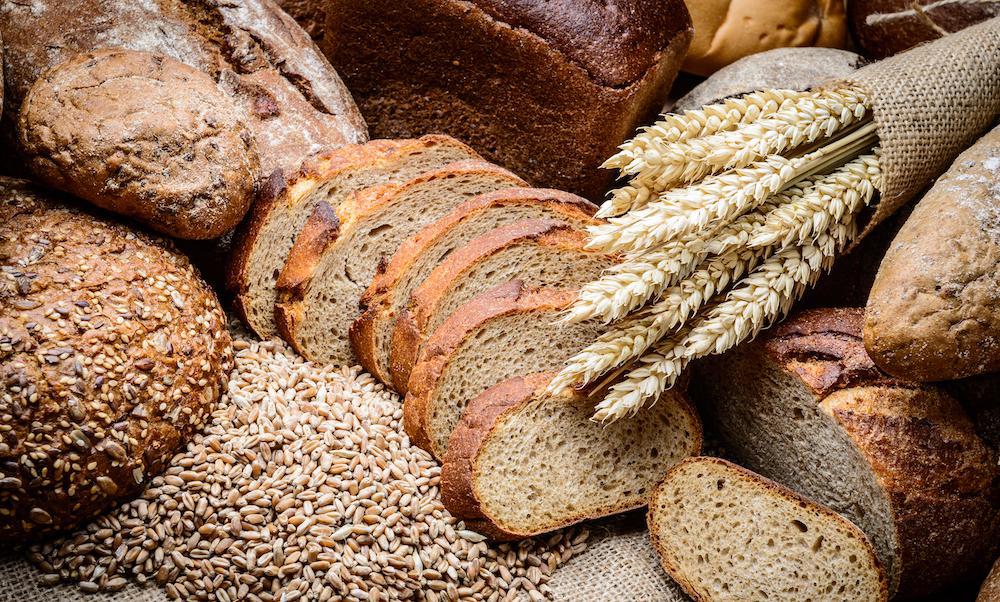
Whole grains contain fiber, which is frequently lacking in children’s diets. In addition to its many health benefits, fiber makes one feel full and keeps one regular. Kids require about 25 grammes of protein per day, yet many snacks only provide 1-3 grammes in each serving. Look for 100% whole wheat or whole grain and at least 3-5 grammes of fiber per serving in the ingredients list.
High-fiber whole-grain meals for kids include muesli, whole-wheat pasta, brown rice, whole-wheat tortillas, and whole-wheat bread. If your children cannot tolerate whole-wheat pasta, try half-whole-wheat, half-white spaghetti. Whole-wheat flour or white whole-wheat flour can also be used to make pizza, cookies, or pancake batter.
Seeds and Nuts
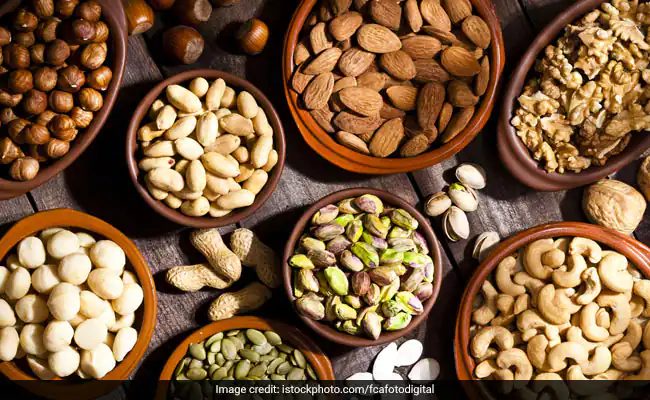
Nuts and seeds can be used to create a balanced diet that includes fiber, protein, and healthy fats in substitute of the low-fiber, crunchy child snacks. The ones that are nearly air, you know. Provide a selection of nuts and seeds, including chia seeds, cashews, walnuts, almonds, and pecans. If your kid has a tree nut allergy, seeds could be a secure and nutritious option for them to get the nourishment they need.
Nuts are a rich source of magnesium, a mineral that is vital for bone development and energy production. Foods including walnuts, pecans, chia seeds, and flaxseeds are rich sources of alpha-linolenic acid (ALA), an omega-3 lipid that the body cannot make (so you have to eat it).
You Can Also Read Our Book By Clicking on this LINK:- https://amzn.to/3ooUaNo
Serve nuts alone or with dried fruit, include flaxseed into smoothies, sprinkle chia seeds on top of peanut butter toast, use sliced almonds instead of breadcrumbs to “crust” poultry, or make your own granola bars.
Any Kind of Vegetables
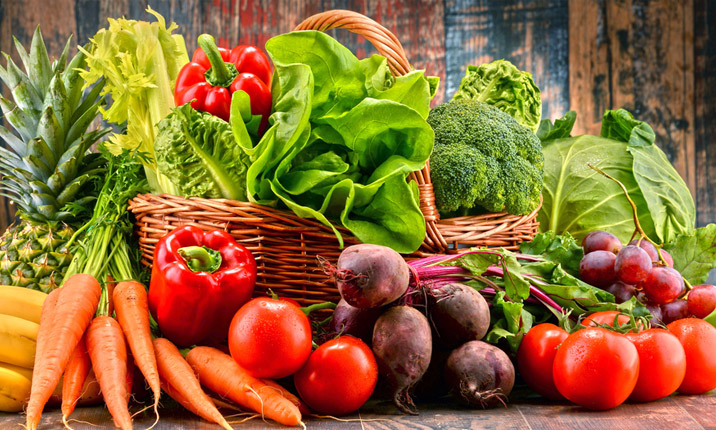
Both adults and children undereat vegetables. Congratulations if you can get your kid to eat any kind of vegetable. Also, the more colourful and varied the vegetables are, the better. In addition to the vitamin A and vitamin C content of orange and red vegetables, leafy greens like spinach and kale, peppers, and cruciferous vegetables like broccoli, cabbage, and cauliflower are also strong in vitamin K and have anti-cancer properties. Each colour supplies various nutrients.
The main objective is to treat people’s “phobia” of veggies. Simplifying the process of buying and preparing vegetables can make them more appealing.” Cleaning and slicing cucumber, carrot, and celery sticks will get them ready for snacking. Plant a little garden with tasty baby peppers and cherry tomatoes if you have access to a green area. Kids who grow their own food are happier with the outcomes and so more likely to enjoy the meal.
You Can Also Read Our Book By Clicking on this LINK:- https://amzn.to/3ooUaNo
Andrews advises giving your child additional vegetables in addition to the ones they are presently eating. Andrews believes that homemade pizza nights and taco bars are excellent methods to inspire young chefs.
After a few attempts at offering a vegetable, don’t give up. Long-term exposure is required. It could also be beneficial to offer the vegetables in a different way. While some children may eat cooked, diced tomatoes with spaghetti sauce, others won’t touch raw tomatoes at all.
Berries
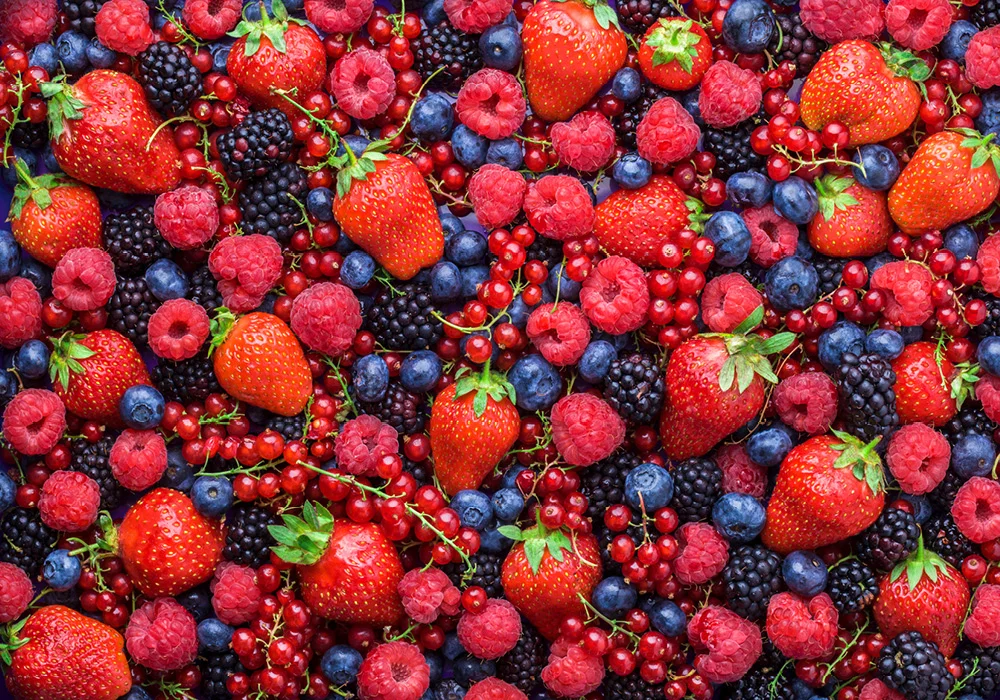
Berries include 4 or more grammes of fiber per cup and are a good source of vitamin C, other antioxidants such anthocyanins, and other nutrients. Strawberries, blueberries, and blackberries have lower sugar content compared to other fruits. Kids love fresh berries as a snack or yoghurt topping. If berries are not in season, purchase unsweetened frozen berries and include them into a smoothie or container of overnight oats.
How to Motivate Your Kids to Eat Healthier Foods
How can you motivate your kids to eat more of these healthy foods? Try these concepts.
Involve your children in the preparation of meals. A 2018 study that was published in Appetite found that kids like to eat more food when they assist in its preparation. This included both healthy and unhealthy foods.
Ensure diversity. Remember that as a parent, your duty is to give your child access to a variety of food; it is up to your child to eat it.
Emma Fogt, M.B.A., M.S., R.D.N., owner of The Biome Kitchen, recommends serving food to everyone at the table to allow kids to choose what and how much they want to eat from the available food. According to the author, it’s also helpful to always include at least one food on the table that the picky eater enjoys. By doing so, even if the child eats a lot of bread, there will be other options available for them to try.
You Can Also Read Our Book By Clicking on this LINK:- https://amzn.to/3ooUaNo
Be trustworthy and tolerant. Before a child decides to try a certain cuisine, they may need to be introduced to it numerous times. They’ll try it when they’re ready, and it’s alright if they don’t like it.
Take the pressure off. When forced to consume particular meals as kids, kids may grow to hate or shun those foods as adults. When your kids are made to eat, mealtimes become difficult for both of you. Fogt says, “Keep your composure and keep going.” “It takes a long time—often years, I hate to say—for parents. You must feel totally at ease. There should be no pressure on you to force-feed the infant.”
Set a good example by eating well. Youngsters are watching your every move, Fogt says. Mealtimes can be made enjoyable and relaxing by sitting down with your kids, eating every three to four hours yourself, to shift the focus away from the food and create an opportunity for connection, eating every three to four hours yourself, enjoying nutritious snacks and meals, playing games at mealtimes, conversing, and putting phones away. In our busy lives, this break is important; it’s not about the food.”
You are not alone, so remember that. You should get assistance. Doctors, trained dietitians, certified clinical psychologists, and feeding specialists can all be helpful.
Please abstain from using vulgar words at the dining table. A youngster is taught that something is not worthwhile of trying if they are told they won’t love it but should still try it. Andrews confirms. Provide your children new meals in addition to those they are already accustomed to.
Check more of our content by clicking HERE.

